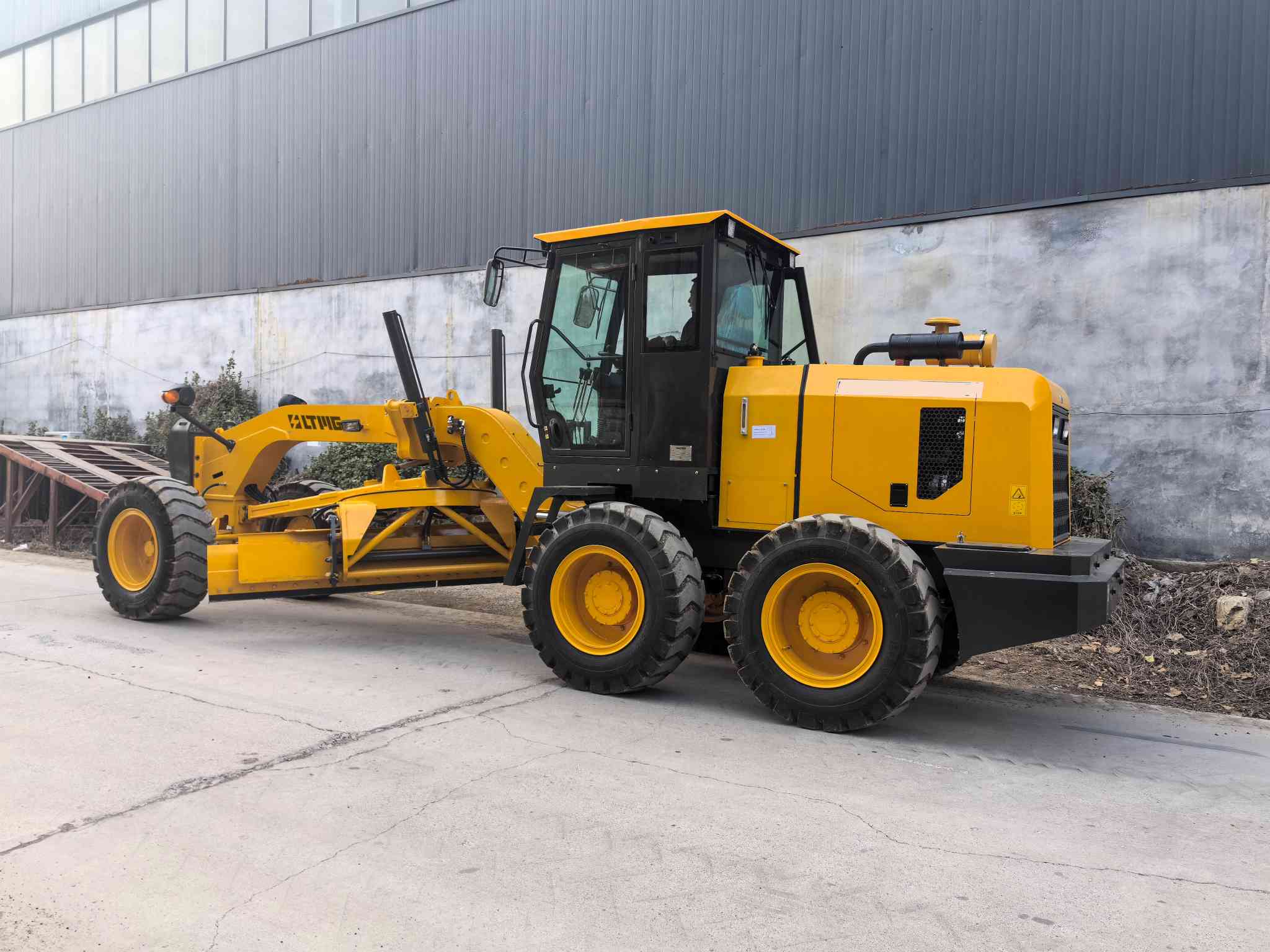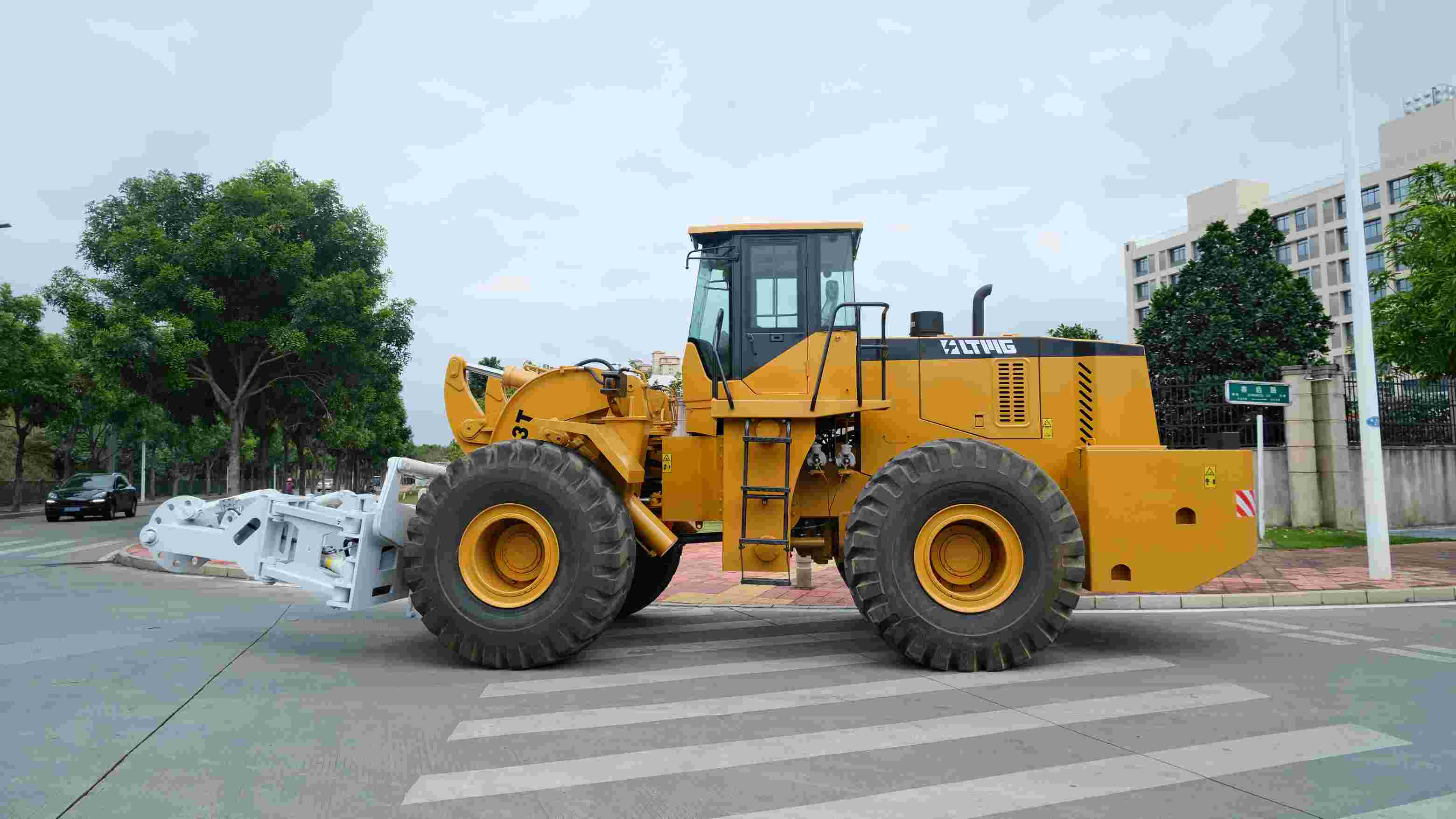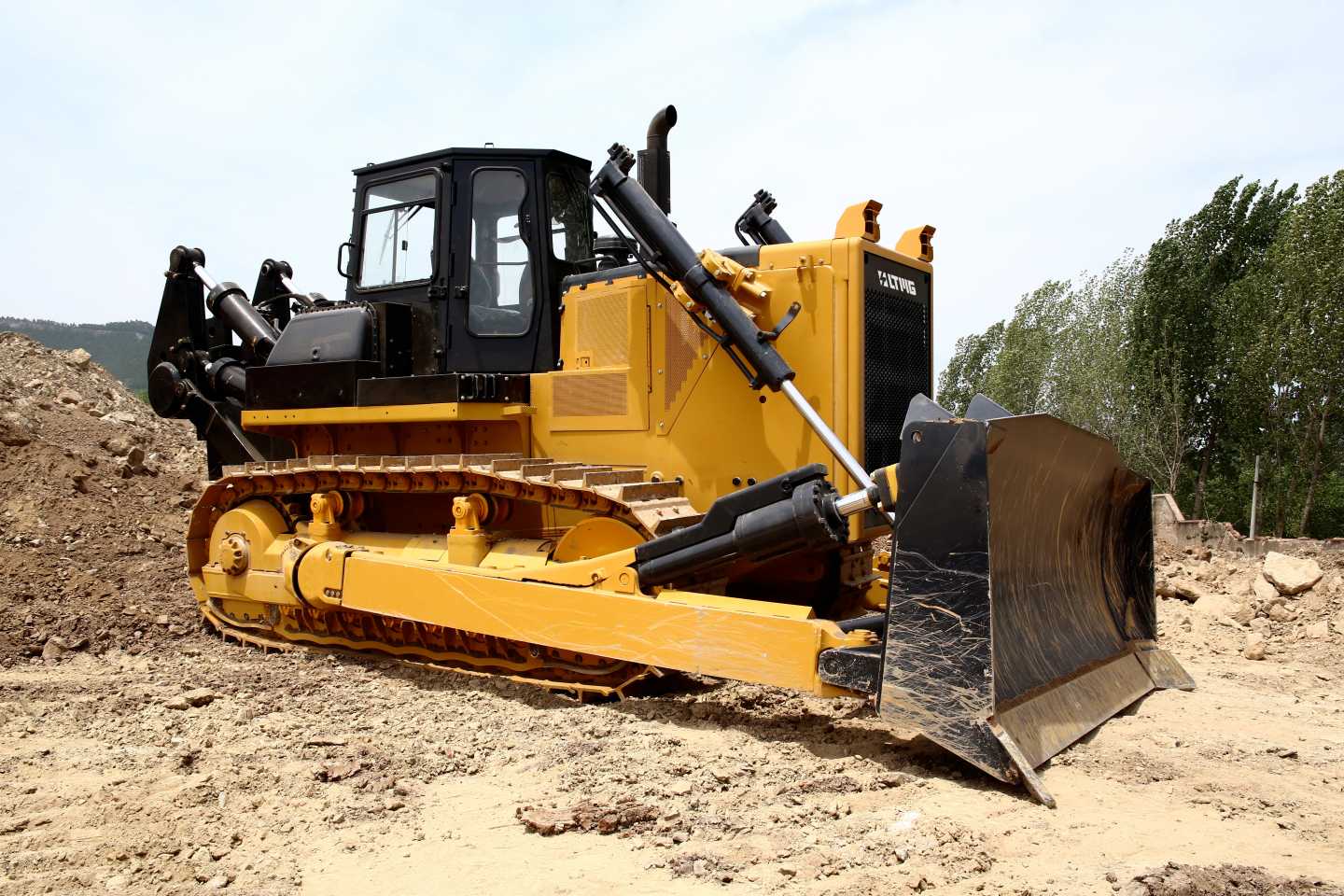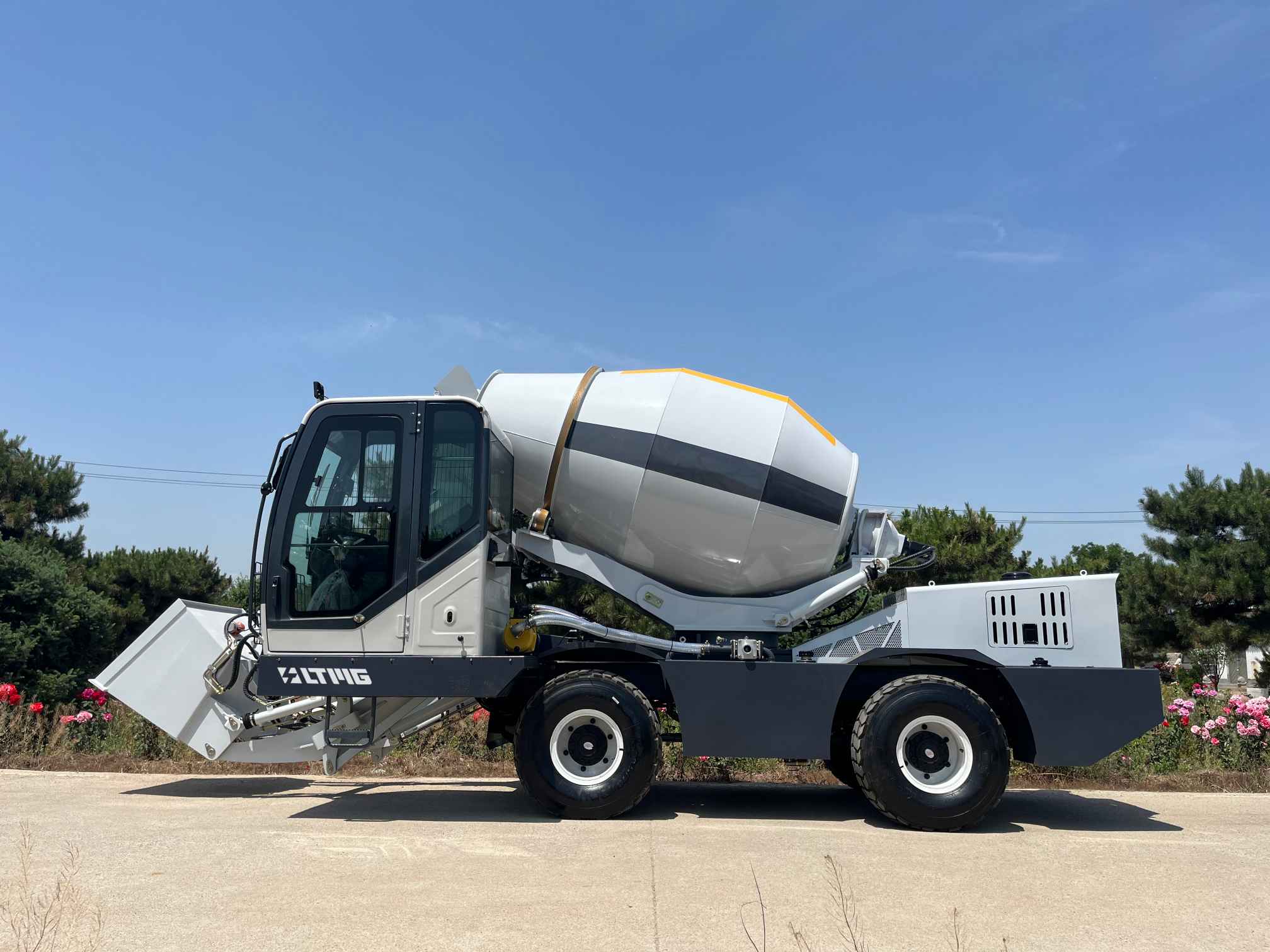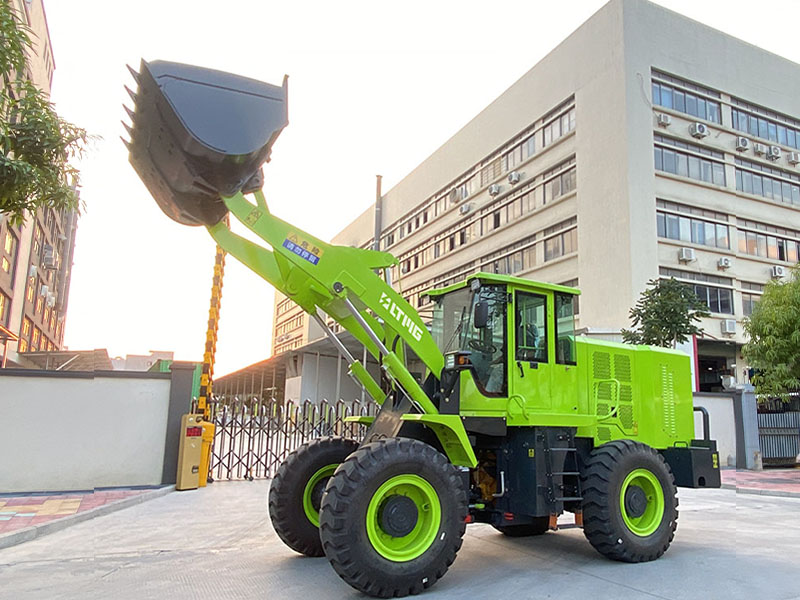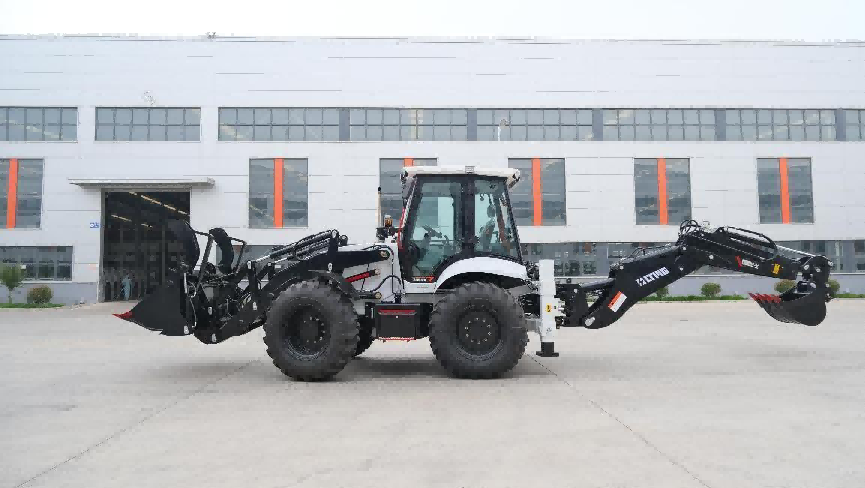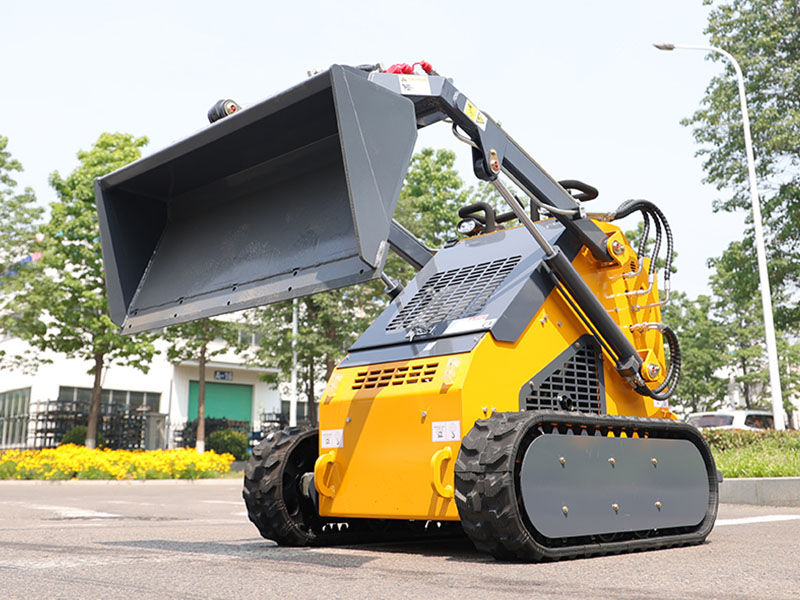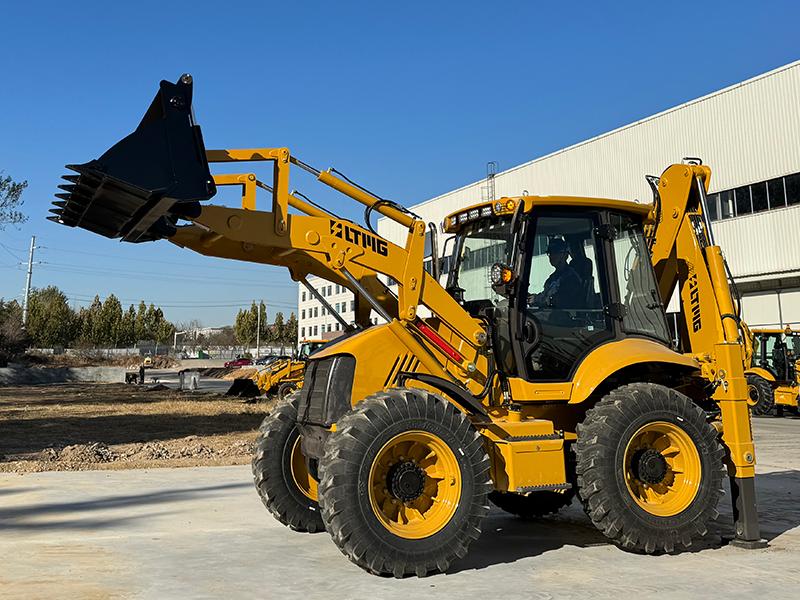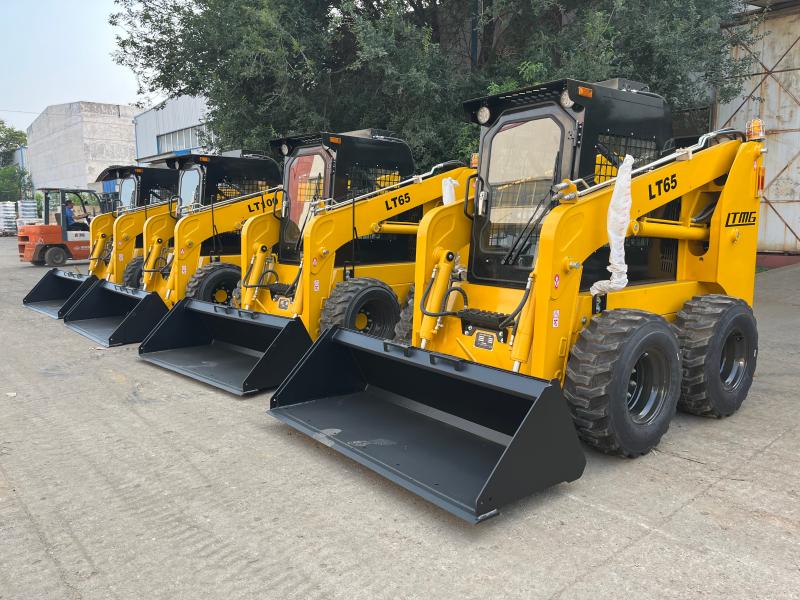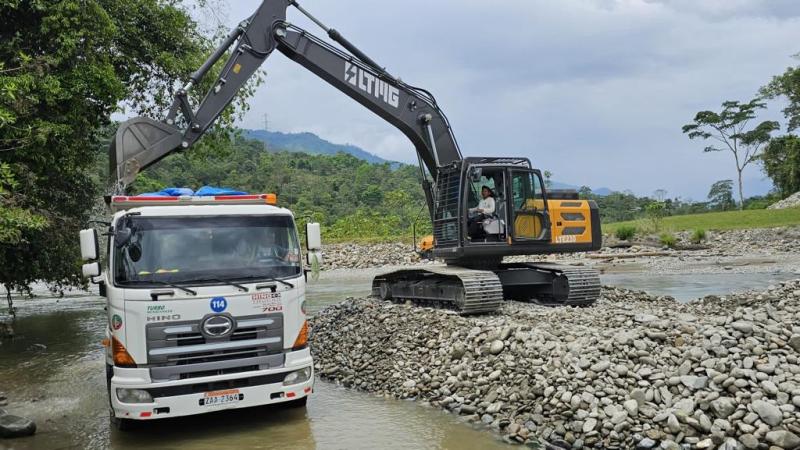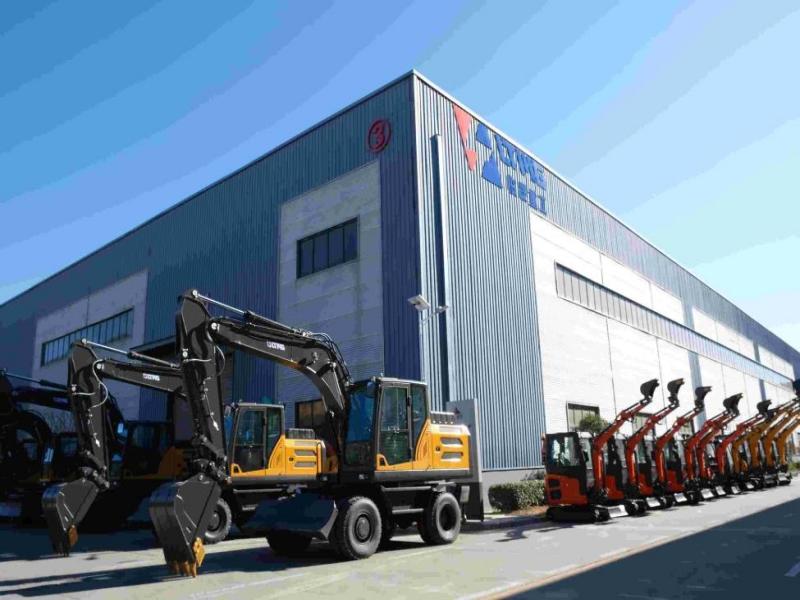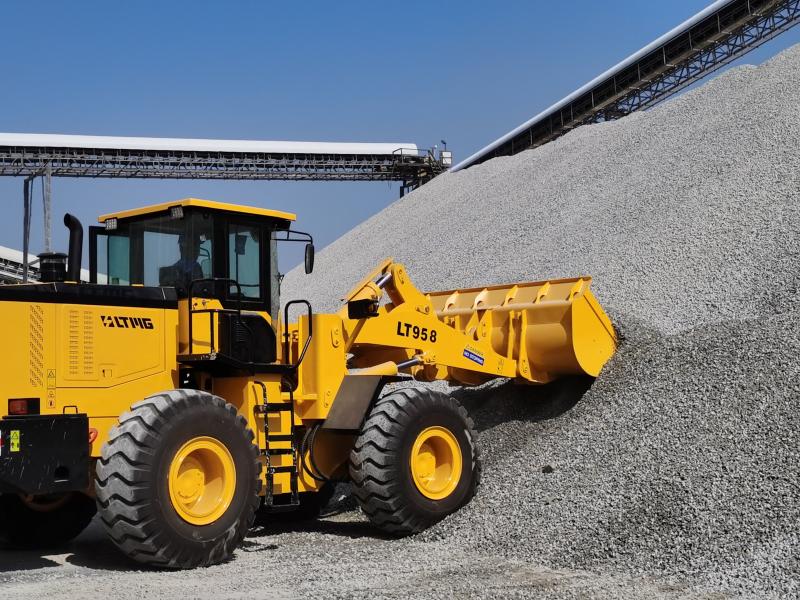What is the Alternative to a Skid Steer Loader?
Aug 27, 2024
The skid steer loader, known for its compact design and versatility, is widely used across various fields, including construction, landscaping, demolition, and road maintenance. Its uniqueness lies in its ability to operate efficiently in confined spaces, making it particularly suitable for environments where space is limited. Typically equipped with two drive wheels at the front and rear, the skid steer loader can maneuver with a minimal turning radius, allowing it to handle a wide range of complex tasks such as digging, material handling, snow clearing, and debris removal. Additionally, the skid steer loader can be equipped with various attachments, such as buckets, forks, and hammers, further expanding its functionality.
However, despite its excellent performance in many scenarios, the skid steer loader may not always be the best choice for every task. In certain specialized construction environments or specific operational needs, the skid steer loader might encounter limitations, such as in extreme terrain conditions or situations requiring deep excavation. To enhance operational efficiency and meet diverse construction demands, it is essential to explore and evaluate other types of construction machinery. The market offers several alternatives that can deliver superior performance and benefits in different working environments.
In this blog, the LTMG team will explore several common alternatives to the skid steer loader, including compact track loaders, mini excavators, backhoe loaders, and compact wheel loaders. These machines demonstrate unique advantages in various applications, helping you make more informed decisions based on specific operational needs. By thoroughly understanding the characteristics and appropriate use cases of these alternative machines, you can optimize equipment allocation, improve construction efficiency, and maximize the performance benefits of each machine.
Compact Track Loaders
Compact track loaders resemble skid steer loaders in appearance but feature a track-based chassis, giving them superior performance on uneven or muddy terrain. The tracks distribute the machine’s weight, reducing ground compaction, which is particularly beneficial in soil-sensitive areas or environments that require surface protection. Compared to wheeled skid steer loaders, compact track loaders offer greater traction and stability on steep slopes or soft ground. Moreover, they excel in wet or snow-covered conditions. Therefore, if your construction site frequently involves such unstable terrains, a compact track loader might be a better choice. It not only provides smoother operation but also reduces delays caused by challenging terrain, thereby improving overall construction efficiency.
Mini Excavators
Mini excavators are small but powerful machines ideal for tasks requiring precise digging or operation in tight spaces. Compared to skid steer loaders, mini excavators offer significant advantages in digging depth, precision, and versatility. Mini excavators can rotate 360 degrees and support various attachments, such as breakers and augers, further expanding their use cases. In urban construction, pipeline installation, and landscaping projects, mini excavators are highly favored for their flexibility and versatility. Additionally, mini excavators often have more intuitive control interfaces, making them easier to learn and operate. This makes them indispensable on job sites requiring meticulous work. If your project involves extensive digging, particularly in confined or space-constrained areas, a mini excavator is undoubtedly an ideal alternative to a skid steer loader.
Backhoe Loaders
Backhoe loaders are multi-purpose machines that combine digging and loading functions, widely used in various construction scenarios. The front loader bucket can be used for material handling, while the rear digging arm is used for digging deep pits or trenches. Compared to skid steer loaders, backhoe loaders not only handle more complex digging tasks but also offer greater loading capacity. Their versatility eliminates the need for frequent equipment changes on a single job site, saving time and costs. Backhoe loaders also have higher travel speeds, allowing them to move quickly between different work areas, which is especially important for large or dispersed job sites. If your project requires extensive digging and loading at the same location, or if you need to quickly switch between work sites, a backhoe loader is an efficient choice.
Compact Wheel Loaders
Compact wheel loaders excel in load capacity, operator comfort, and flexibility, especially in environments that require frequent material handling. Compared to skid steer loaders, compact wheel loaders typically have larger loader buckets, allowing them to handle heavy materials more efficiently. Their wheeled design ensures smoother operation on hard surfaces and reduces friction with the ground. Compact wheel loaders also have higher travel speeds, making them suitable for sites where materials need to be moved quickly, such as warehouse management and dock operations. Furthermore, many compact wheel loaders come equipped with advanced cab designs, offering operators better visibility and a more comfortable working environment. If your work mainly involves heavy material handling on hard surfaces, a compact wheel loader is an ideal alternative to a skid steer loader.
When selecting an alternative to a skid steer loader, understanding the characteristics, advantages, and applicable scenarios of different machines is crucial. While the skid steer loader holds an important place in many fields due to its compactness and versatility, other types of machinery may be more suitable when facing complex or specialized construction environments. The compact track loader stands out for its excellent stability and ability to handle uneven terrain, making it ideal for muddy, soft, or steep terrains. The mini excavator, with its precise digging capabilities and flexibility, is perfect for delicate operations in confined spaces. The backhoe loader, with its multi-functionality and efficient material handling and digging capabilities, excels in large job sites or environments requiring frequent task switching. The compact wheel loader demonstrates exceptional material handling efficiency on hard surfaces, making it ideal for fast-paced material handling scenarios.
Choosing the right equipment not only enhances work efficiency but also reduces operational costs. By thoroughly assessing site conditions, task requirements, and the characteristics of each machine, construction managers can better plan and allocate machinery resources to ensure that each task is completed in the most optimal way. Additionally, the right equipment choice can extend machinery lifespan, reduce maintenance and repair frequency, and further optimize return on investment.
Overall, while the skid steer loader's versatility makes it effective in many application scenarios, considering the efficiency gains that alternative equipment may bring is worthwhile when facing specific challenges. By comprehensively considering the functionality, operating environment, and specific needs of the equipment, you can make more informed decisions to ensure the smooth progress of your project and achieve higher economic benefits. Ultimately, whether choosing a skid steer loader or its alternative, the key lies in understanding the unique advantages of each machine and matching them to your construction needs to achieve the best construction results.
